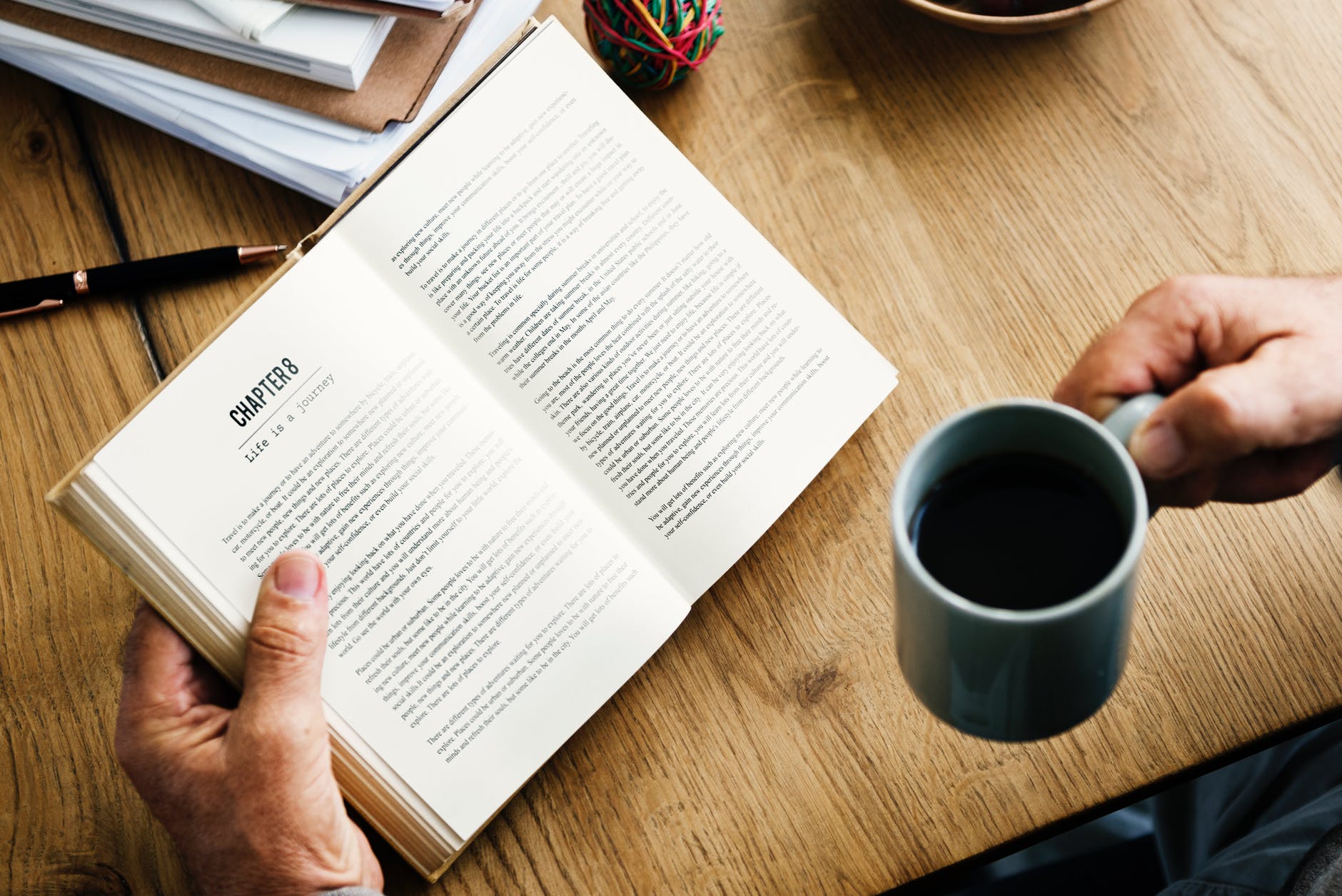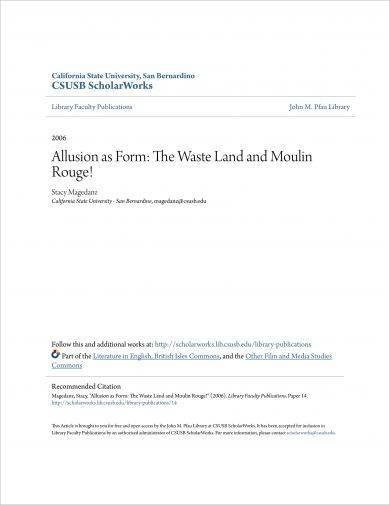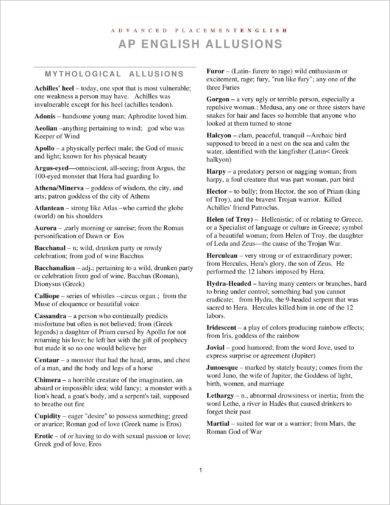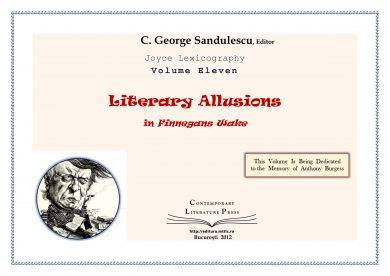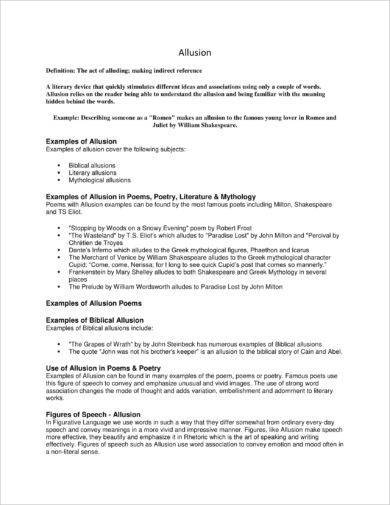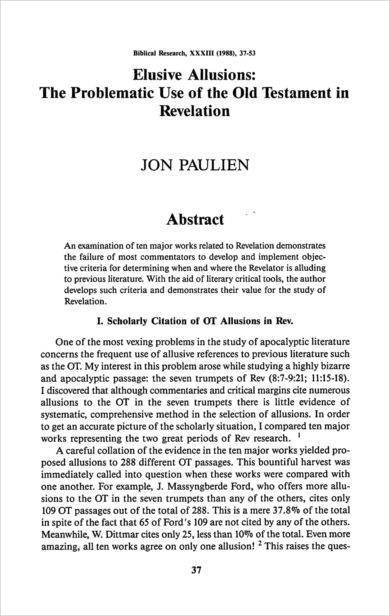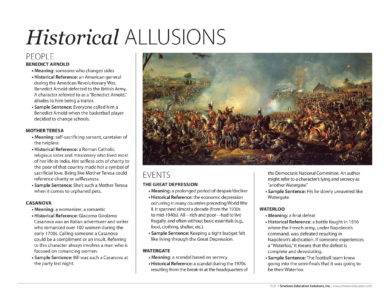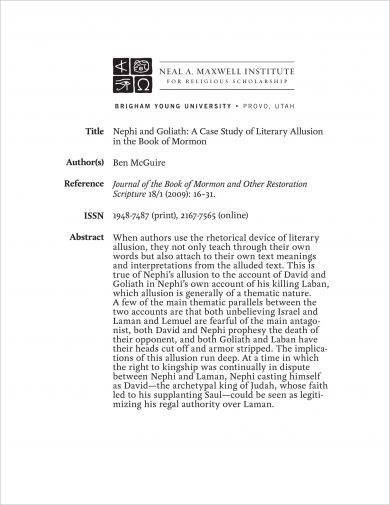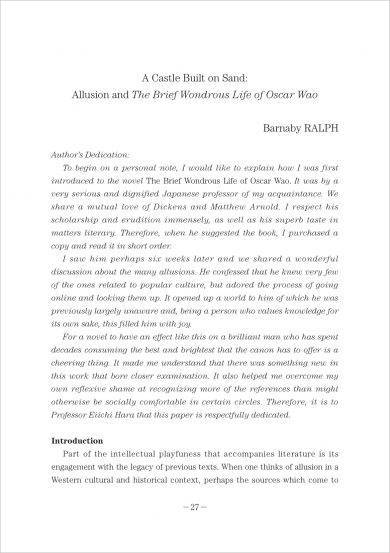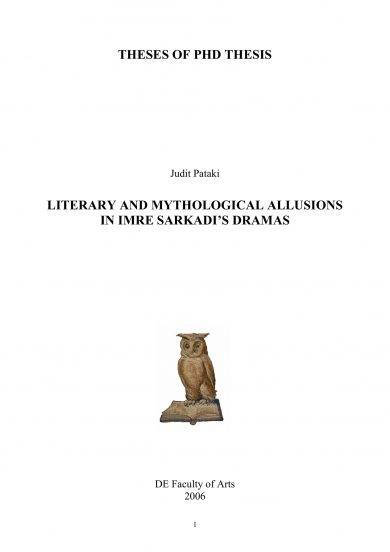8+ Allusion in Literature Examples
It’s sometimes easier for a writer to express an idea by making a reference to a famous person, object, event, or story. This reference is what we call an allusion. It’s a rhetorical figure that writers, poets, and even average people like to use to add a dramatic effect to their expressions. It can either be real or imaginary, and may refer to anything from fiction to folklore, historical events to religious manuscripts. You may also see alliteration examples in literature.
In this article, you will learn what allusions really are and how they are used in literature and everyday speech.
Allusion as Form Example
Allusion Definitions Example
Allusions in Literature Example
Allusions Defined
An allusion is a figure of general speech that makes a brief and direct or inferred reference to a well-known story, person, object, or idea of cultural, historical, literary, or political significance. This is often used to broaden a reader or listener’s understanding of a message.
Let’s take this for example. A writer would want to explain her protagonist’s struggle against an overwhelmingly powerful enemy.
She would also want to make it seem like her main character is a righteous and mighty individual with a good chance of winning the battle, even if this chance appears to be remotely possible.
She could use a couple of adjectives to express her thoughts, or she could refer to the confrontation as a “meeting of David and Goliath” to paint a more accurate picture of the encounter, where even the underdog stands a fair chance of triumph. You may also like satire examples in literature.
Like the example above, some allusions are made obvious, but there are also instances where writers keep it a bit more obscure. Allusions do not describe the person or thing to which it refers in further detail, as most writers expect readers to possess enough knowledge to figure out it’s an allusion and grasp its significance in a text. You may also check out apostrophe examples.
It’s not unusual to mistaken an allusion for a simile or metaphor either, as allusions are typically used within a simile or metaphor to show a comparison that alludes to a significant event or person that everyone should be familiar with.
Understanding Allusions
Allusions can sometimes be difficult for students (or anyone in that age range) to grasp due to how some allusions go beyond the modern student’s cache, which includes many Greek or Roman mythology.
Though a writer’s primary purpose of using this figurative language is to help readers understand themes and characters on a much deeper level, religious or culturally specific allusions seem foreign to individuals from different religious or cultural backgrounds. You might be interested in meiosis examples.
It’s clear that allusions to other works of literature are quite harder to identify and understand as opposed to allusions to contemporary persons or events, mostly because of how they require readers to be familiar with the subject being referenced. You may also see balanced sentences usage and examples.
There are few things that factor into whether a reader or listener will catch the allusions included by the writer or not, and these are as follows:
1. Cultural or historical familiarity
Unfortunately, not all of us possess sufficient knowledge about our forefathers, let alone the historical or cultural practices of people from the other side of the world.
A reader’s ability to understand a given allusion would strongly depend on their cultural background, so you can’t expect a modern-day American to understand an allusion about a thousand-year-old Chinese historian without the help of an editor’s footnote. You may also like periodic sentence examples.
2. General knowledge
Take the following character names from the show and movie Teenage Mutant Ninja Turtles as an example. It’s easy to recognize the turtles’ names as famous Italian artists Donatello, Michelangelo, Leonardo, and Raphael after we’ve been introduced to these significant figures at least a dozen times during our years at the academe. You may also check out irony examples for kids.
3. Subtlety of the allusion
Even with basic knowledge on a given subject, some allusions are just extremely hard to catch. One good example would be from the movie Deadpool where more than fifty pop culture references were made.
The allusions in the film were so subtle, you might have caught only a handful of it. That’s because some writers make these allusions seem like a passing comment rather than a conspicuous remark for a more natural delivery. But if you listen closely, or pay attention to every line from word to word, you might notice the clever use of allusions in the literary piece. You might be interested in antiphrasis examples.
Despite the struggles of catching an allusion in a speech or book, using allusions can actually widen one’s knowledge about a specific character or event in history.
Pointing out these allusions, explaining their implications, and analyzing how their meaning strengthens our understanding of the point the author is trying to make can greatly contribute to the reader’s experience. This enhances the theme of a written piece and evokes emotions for the reader to relate to. You may also see examples of assonance
The Difference between Allusions and References
It’s easy to confuse an allusion from a simple reference, especially since an allusion can constitute as a mere reference. But to be more specific about it, allusions are expressions that do not need to be explained any further. It doesn’t matter if the allusion is direct or indirect, as it’s up to the reader to fully grasp the message the author is trying to convey. You may also like examples of oxymoron in sentences.
Allusions are also similar to other literary devices, like a citation, parody, and pastiche, which each links a text with an external person or object. The only difference is that allusions, as previously mentioned, are not explained for readers to understand what the author means. You may also check out examples of sarcasm.
Defining Allusions Example
Elusive Allusions Example
Examples of Allusion in Literature
Many writers are active readers as well, so it’s common to find literary pieces containing allusions to other texts. The allusions found in poetry, prose, and drama may cover a variety of subjects, including currents and political developments. You may also see simple allegory examples.
Listed below are a few examples showing the use of allusions in literature:
1. Example
“Learnèd Faustus, to find the secrets of astronomy
Graven in the book of Jove’s high firmament,
Did mount him up to scale Olympus’ top,
Where, sitting in a chariot burning bright,
Drawn by the strength of yokèd dragons’ necks,
He views the clouds, the planets, and the stars.”
—Christopher Marlowe, Doctor Faustus
“Olympus’ top” is an allusion to the Greek Mythology which portrays Mount Olympus as a home to the gods. The phrase “a chariot burning bright” also refers to the god Apollo, who is known for driving the sun in his chariot, as part of the Greek myth. You may also like examples of situational irony.
2. Example
“Sylvan historian, who canst thus express
A flowery tale more sweetly than our rhyme:
What leaf-fringed legend haunts about thy shape
Of deities or mortals, or of both,
In Tempe or the dales of Arcady?”
—John Keats, “Ode to the Grecian Urn”
Similar to the previous example, the allusions made in this poem are references to Greek mythology. “Sylvan” refers to a goat-like-man deity, while “Tempe” refers to the Vale of Tempe in Greece, which is said to be a mythical place frequently visited by Apollo and other gods. “The dales of Arcady” alludes to the home of Pan, who is known as the god of rustic music. You may also check out paradox definition and examples.
3. Example
“I suppose people of our generation aren’t able to die for good causes any longer. We had all that done for us, in the thirties and forties, when we were still kids. There aren’t any good, brave causes left. If the big bang does come, and we all get killed off, it won’t be in aid of the old-fashioned grand design. It’ll just be for the Brave New-nothing-very-much-thank-you.” You might be interested in cumulative sentence examples.
—John Osborne, Look Back in Anger
Unlike the first two examples, this literary piece does not allude to a Greek or Roman mythology, rather, to a tragic part of our world history. Here, the play’s character Jimmy alludes to the Second World War to contrast his generation’s perceived lack of purpose against the amount of sacrifice experienced and demonstrated by the generation of his parents. You may also see anaphora examples.
Note that the author never stated anything about the war directly, but if you piece together the subject of the allusion from contextual clues, you can see that Osborne used a subtle form of allusion to deliver his message. You may also like dramatic irony definition and examples.
4. Example
“See what a grade was seated on this brow,
Hyperion’s curls, the front of Jove himself,
An eye like Mars’ to threaten and command …”
—William Shakespeare, Hamlet
In one of Shakespeare’s prized literary works, Prince Hamlet describes the portrait of his father by using several allusions about Greek and Roman gods.
Instead of providing an outright description about his father’s appearance and personality, he talks about how his father has the god Hyperion’s curly hair, the strong forehead of Jove (also known as Jupiter or Zeus), and the commanding presence of the god of war, Mars, for a more poetic approach. You may also check out onomatopoeia definition and examples.
Historical Allusion in Literature Example
Literary Allusion Example
Allusion Examples in Everyday Speech
You’ve probably heard a few allusions before, but never thought about it enough to recognize it as a figure of speech. That’s because the use of allusions is not confined to literature alone, and that their occurrence is quite common in our daily speech. You may also see examples of alliteration in poetry.
For instance, in Taylor Swift’s “Love Story,” she made a few allusions to some of the most famous romance novels in history. The line, “‘Cause you were Romeo, I was a scarlet letter and my daddy said, ‘Stay away from Juliet,'” alludes to the epic tragedy by William Shakespeare (Romeo and Juliet), and that of Nathaniel Hawthorne (Scarlet Letter). You may also like simile examples for kids.
The song lyrics reflect how often we use allusions as part of our everyday language. Sometimes they’re made as subtle references, or to prove a point by providing an obvious comparison.
Let’s take a look at some of the most common examples of allusions used in a day-to-day setting:
1. I was surprised Joe’s nose was not growing like Pinocchio’s.
This is a reference to the children’s novel The Adventures of Pinocchio by Carlo Collodi. In the book, Pinocchio’s nose grew whenever he told a lie, which indicates that the subject the speaker is referring to may have a habit of lying too often. You may also check out tips in poetry writing with examples.
2. Congrats on the award, Einstein.
“Einstein” refers to a person who is extremely smart. This alludes to the famous theoretical physicist Albert Einstein.
3. When your parents find out about your new plan to sneak out of the house every Friday, it’s going to sink like the Titanic.
Although “Titanic” may be a reference to James Cameron’s 1997 epic romance and disaster film, it’s also an allusion to the true-to-life event of the tragic sinking of the RMS Titanic that happened in the early hours of April 15, 1912. You might be interested in idioms examples for kids.
4. Quit being a Grinch and enjoy the party.
The “Grinch” is a fiction character created by Dr. Seuss in his children’s book How the Grinch Stole Christmas. The Grinch hated the holidays and all that it stands for, so calling someone a Grinch portrays them as a killjoy. You may also see examples of personification for kids.
5. It’s hard to find Good Samaritans these days.
A “Good Samaritan” is a biblical reference to the parable told in Luke 10:33, which is also a name used to call a person who selflessly helps others.
Sample of Allusion in Literature
Study of Echoic Allusion Example
Thesis on Literary Allusions Example
The Function of Allusion in Writing
There are many reasons why people use allusions in writing. For one, allusions allow writers to efficiently convey big ideas in just a few words.
Many literary writers apply various types of allusions to their works to create a sense of cultural kinship between the storyteller and the listener. This deepens and enriches the true meaning of a given text by adding a different layer of thoughts which may not be obvious to some readers. They can even be used to establish a mood, setting, or significance in a story or poem. You may also see examples of assonance for kids.
By simplifying complex ideas and emotions to a level that members of an audience can grasp, it creates a whole new experience that readers are sure to enjoy.
However, some allusions may be a bit more complicated than others. This is why you need to be wary of the pros and cons of allusions when using them in your writing. While there’s no harm in packing the allusions, you’d want to make sure that they are relevant to your point and relatable enough for better reading comprehension. You may also like elements of poetry.


